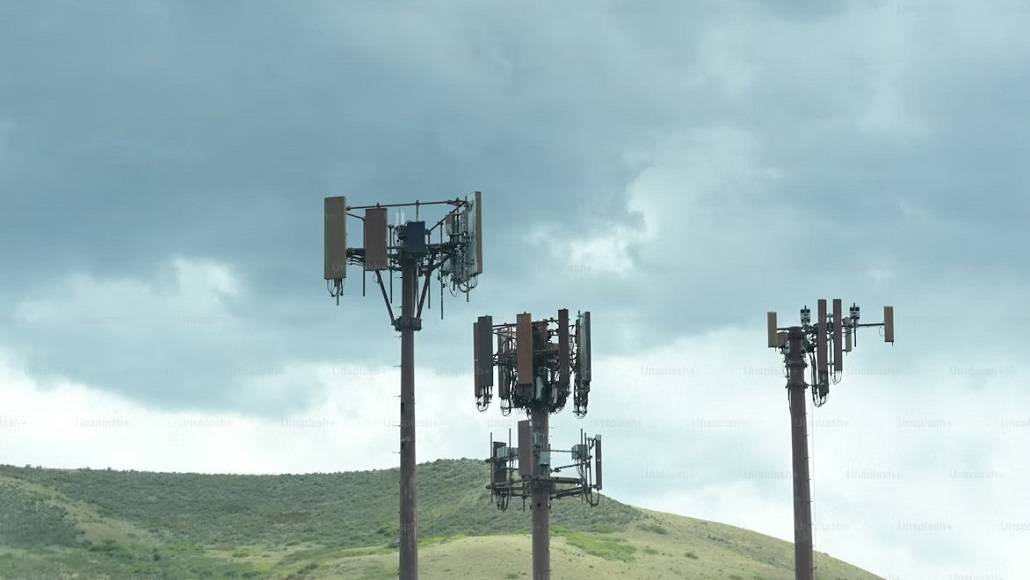Telecom infrastructure continues to expand rapidly as demand for faster connectivity and wider network coverage increases. This growth has created a pressing need for enhanced safety practices among technicians and maintenance teams. Working on communication towers, underground cables, and data centers involves high-risk environments that demand precision, awareness, and compliance with safety standards.
Growing safety challenges in telecom infrastructure
Telecom technicians face several daily hazards that can lead to serious injuries if not properly managed. Tower climbers often work at significant heights with exposure to wind and weather. Field teams handle heavy cables, power tools, and electrical systems that can cause shocks or burns. Confined spaces like underground manholes and vaults present additional risks, including poor ventilation and limited mobility.
These challenges highlight why telecom companies must establish robust safety protocols and training systems. The more complex the network infrastructure becomes, the more critical it is to ensure that workers understand and follow safety guidelines during installation, maintenance, and repairs.
Importance of OSHA standards for telecom safety
Occupational Safety and Health Administration (OSHA) regulations serve as a framework for ensuring safety in industries like telecommunications. These standards define essential practices for hazard prevention, fall protection, and confined space entry procedures. Compliance with OSHA regulations helps telecom operators avoid accidents, reduce downtime, and meet federal safety requirements.
By integrating OSHA standards into operational procedures, telecom companies demonstrate their commitment to protecting employees while maintaining system reliability. Trained technicians are better equipped to identify unsafe conditions, use protective equipment correctly, and respond appropriately to emergencies.
How OSHA certification online empowers telecom professionals
Access to professional safety education is one of the most effective ways to prevent accidents and maintain compliance. Enrolling in osha certification online allows telecom workers to gain comprehensive safety knowledge at their own pace, making it easier for organizations to train employees without interrupting field operations.
Online OSHA training covers critical topics such as fall protection, electrical safety, confined space entry, and hazard communication. These programs ensure that workers understand how to manage risks associated with climbing towers, working around high-voltage systems, and performing maintenance in restricted environments.
For managers, online certification provides an efficient way to track employee progress and maintain training documentation, helping organizations stay compliant with audit and inspection requirements.
Confined space awareness and best practices
Many parts of the telecom network exist in confined areas such as underground cable tunnels, utility holes, and equipment vaults. These spaces often contain electrical wiring, limited oxygen, or hazardous gases. Without proper monitoring and ventilation, such conditions can quickly become life-threatening.
Implementing confined space entry programs based on OSHA guidelines ensures that workers are fully aware of potential hazards before they enter these areas. Using gas detectors, ventilation fans, and communication devices enhances safety during confined space operations. Trained personnel should always conduct pre-entry assessments and follow rescue protocols to protect both themselves and their teams.
Integrating safety culture into telecom operations
Promoting a culture of safety starts at the leadership level. Supervisors who lead by example encourage employees to take responsibility for their own safety and that of their colleagues. Regular safety briefings, performance audits, and refresher training sessions help keep teams focused on compliance and risk reduction.
By investing in continuous safety education and certification programs, telecom organizations reduce turnover, improve morale, and increase overall efficiency. When employees feel protected and confident in their training, they perform their duties with greater accuracy and reliability, qualities essential in maintaining seamless network performance.
Conclusion
Telecom infrastructure work is both demanding and essential to modern communication systems. Ensuring the safety of field technicians and maintenance teams must remain a top priority. Pursuing OSHA certification online helps telecom professionals build the skills and confidence required to manage confined space work and high-risk environments safely.
As networks expand and technology advances, companies that invest in employee safety education not only protect their workforce but also secure long-term operational stability. Compliance-driven training, like that offered by FMTC Safety, provides the foundation for a safer, more efficient, and resilient telecom industry.



















